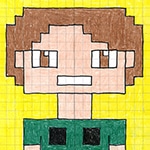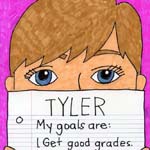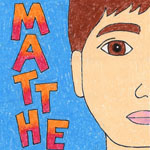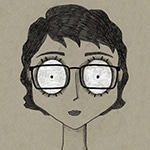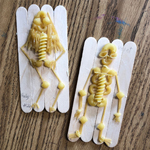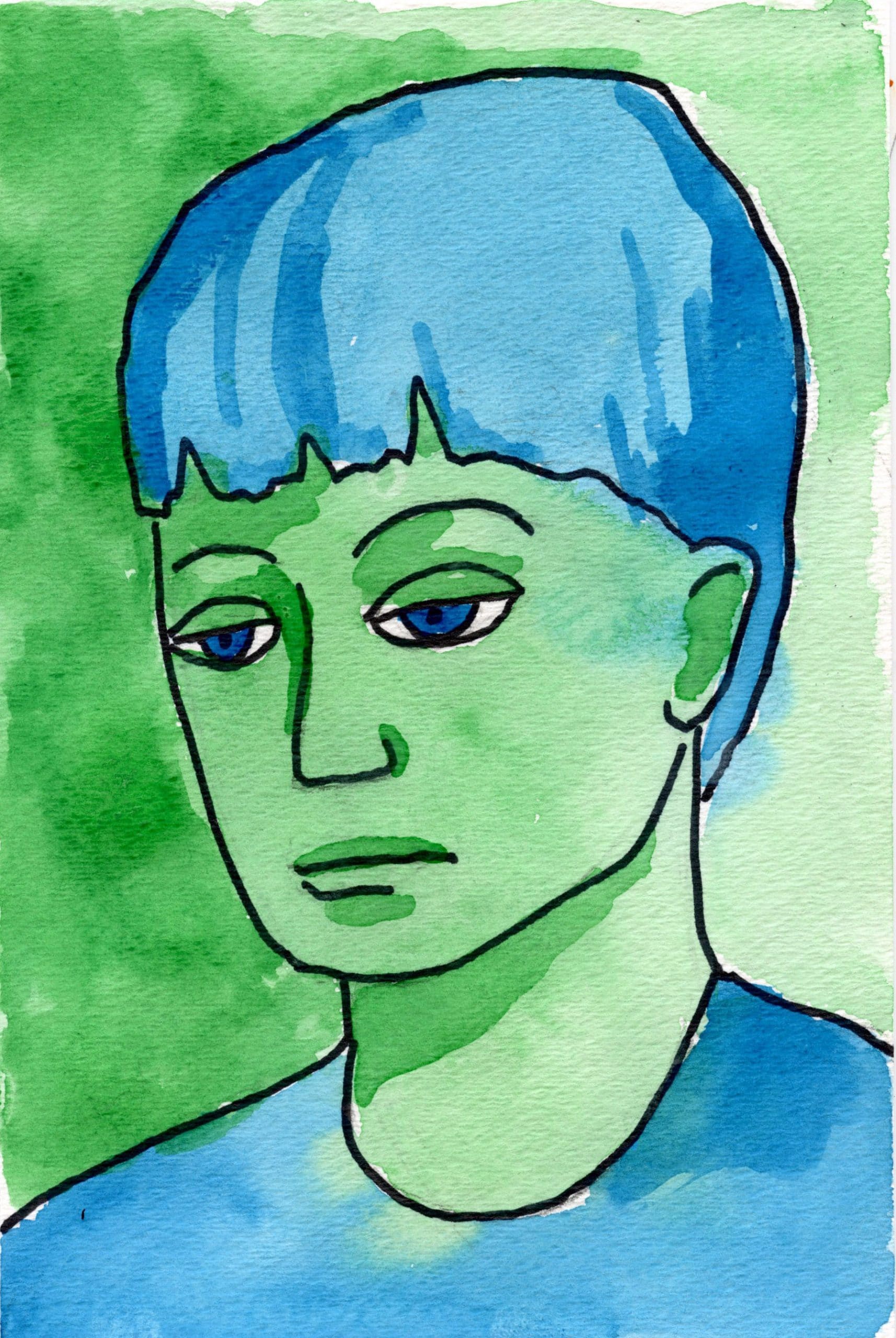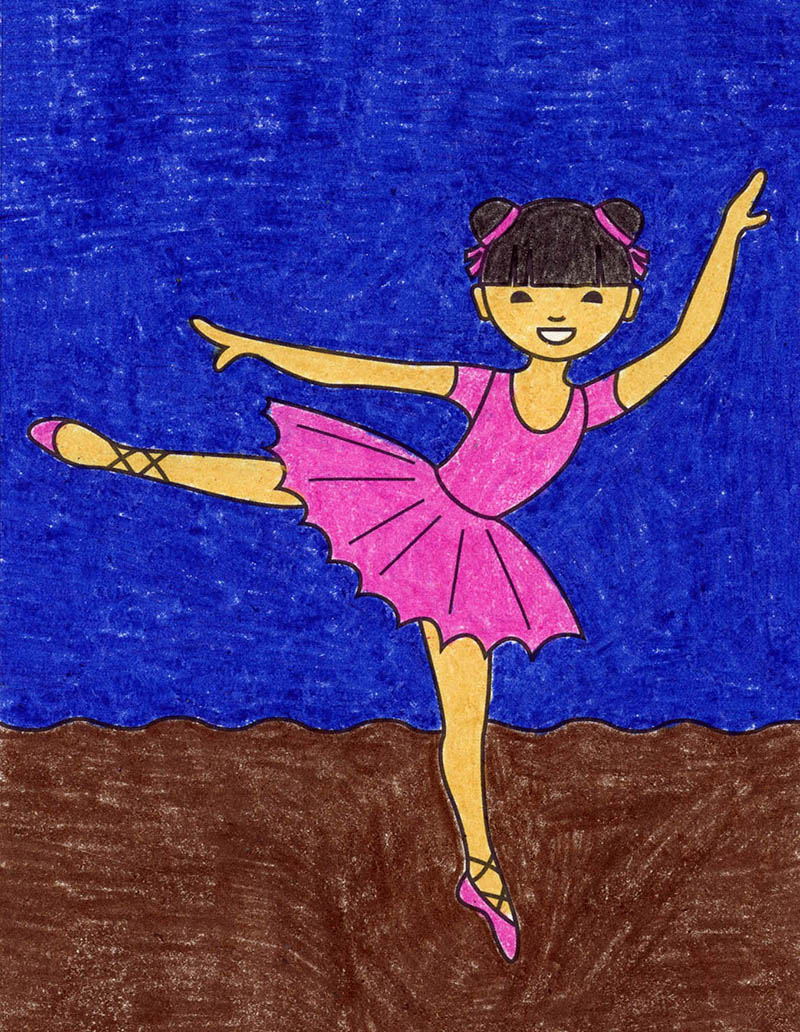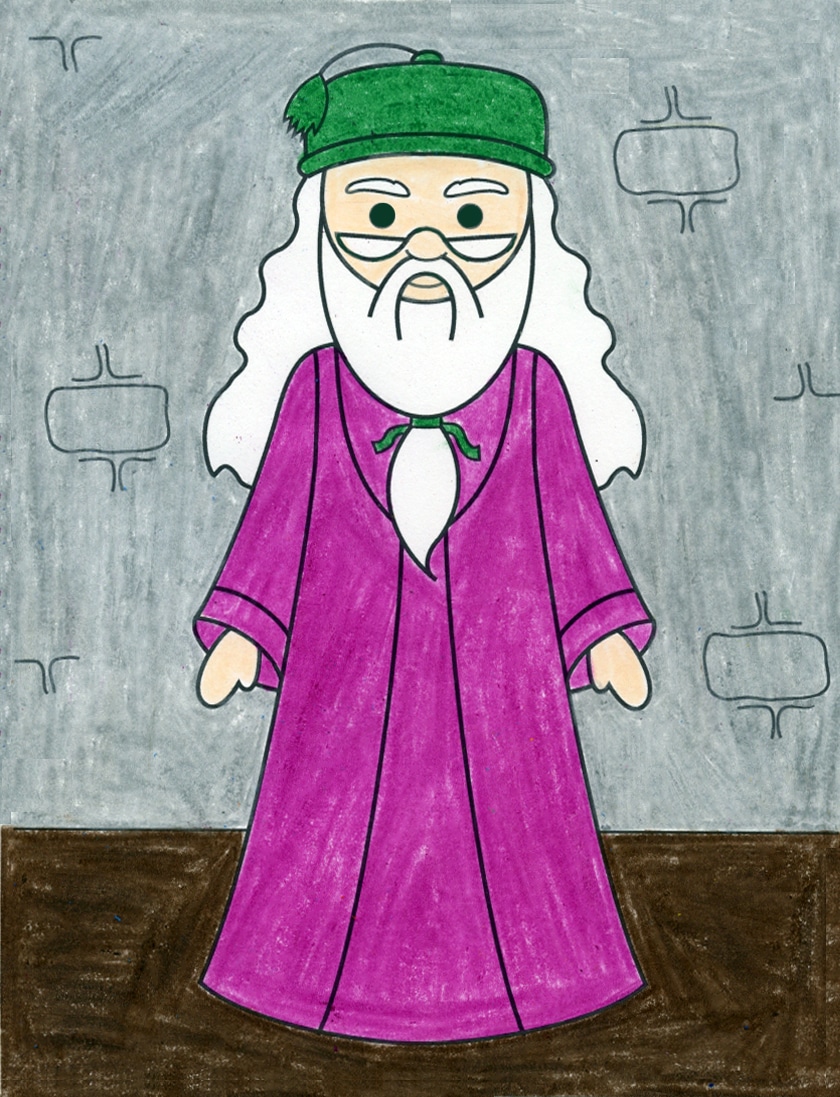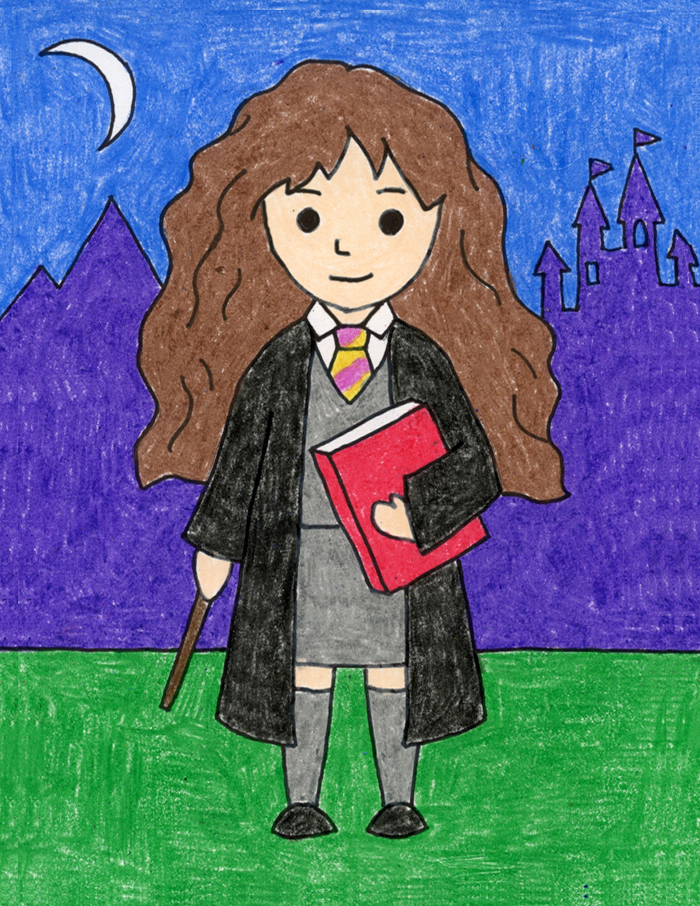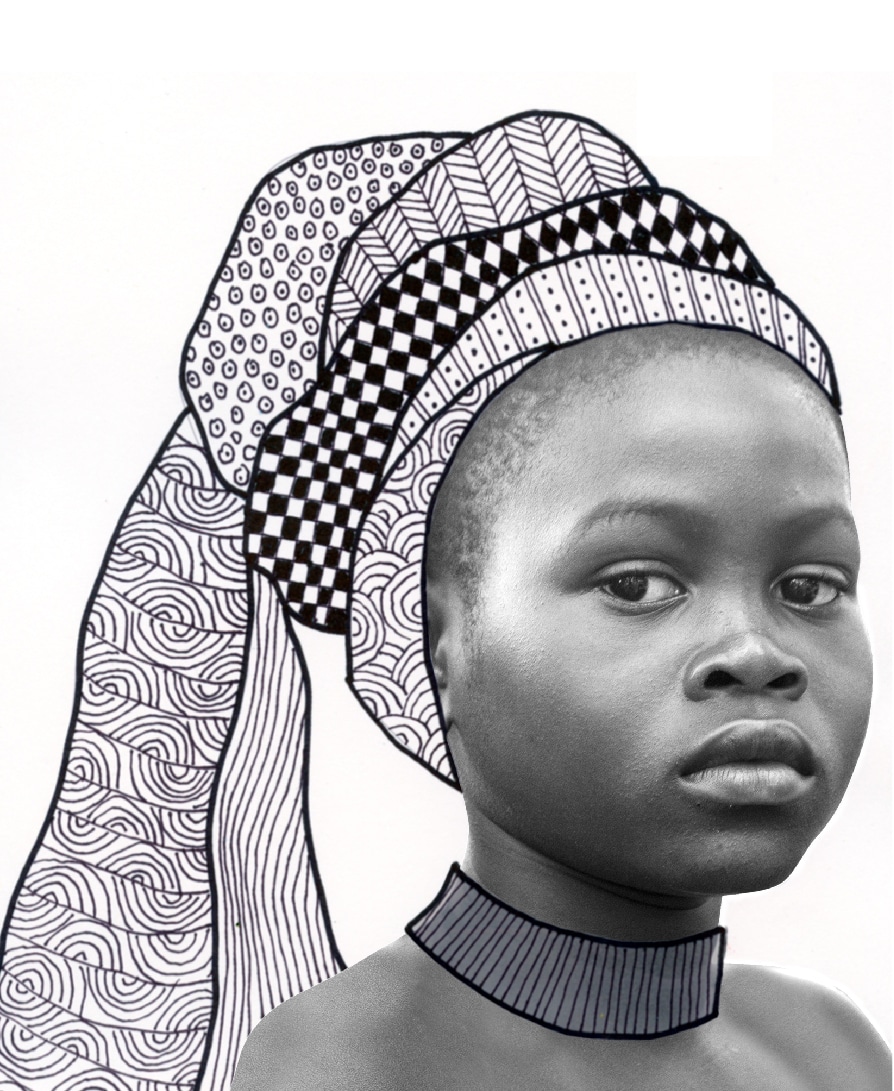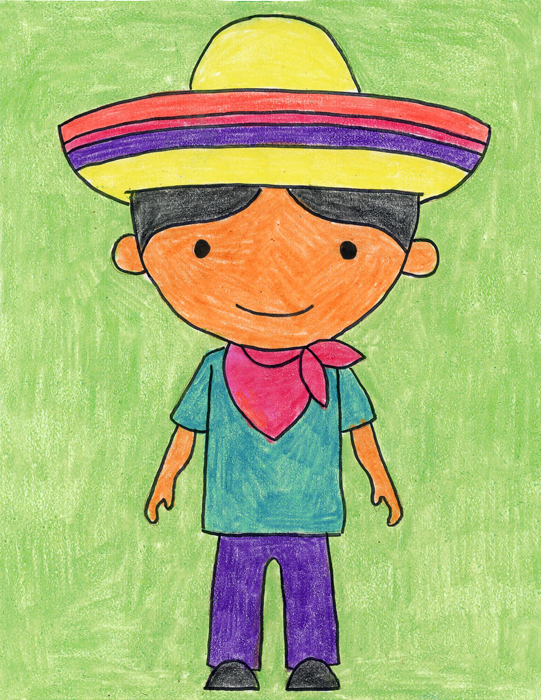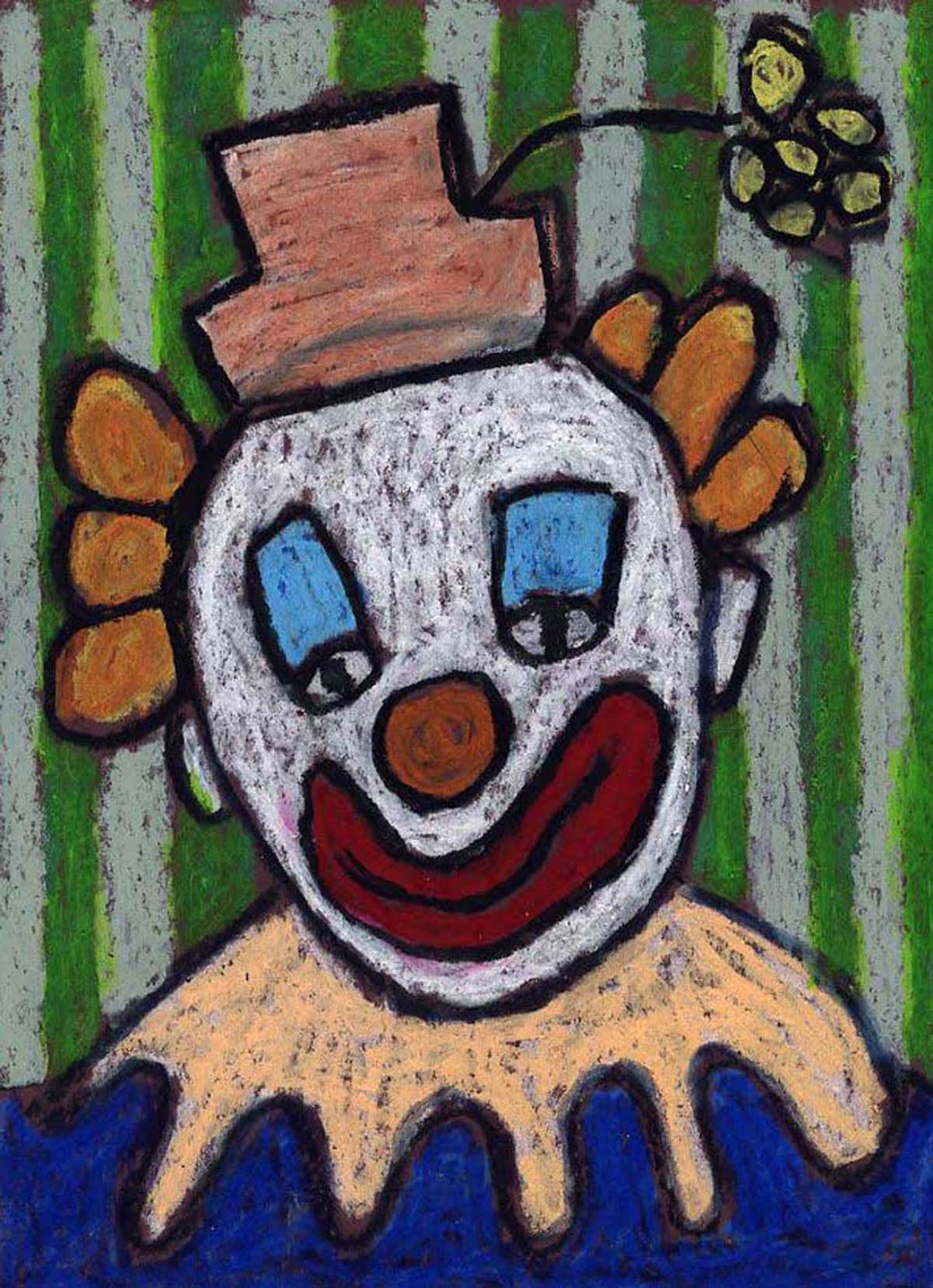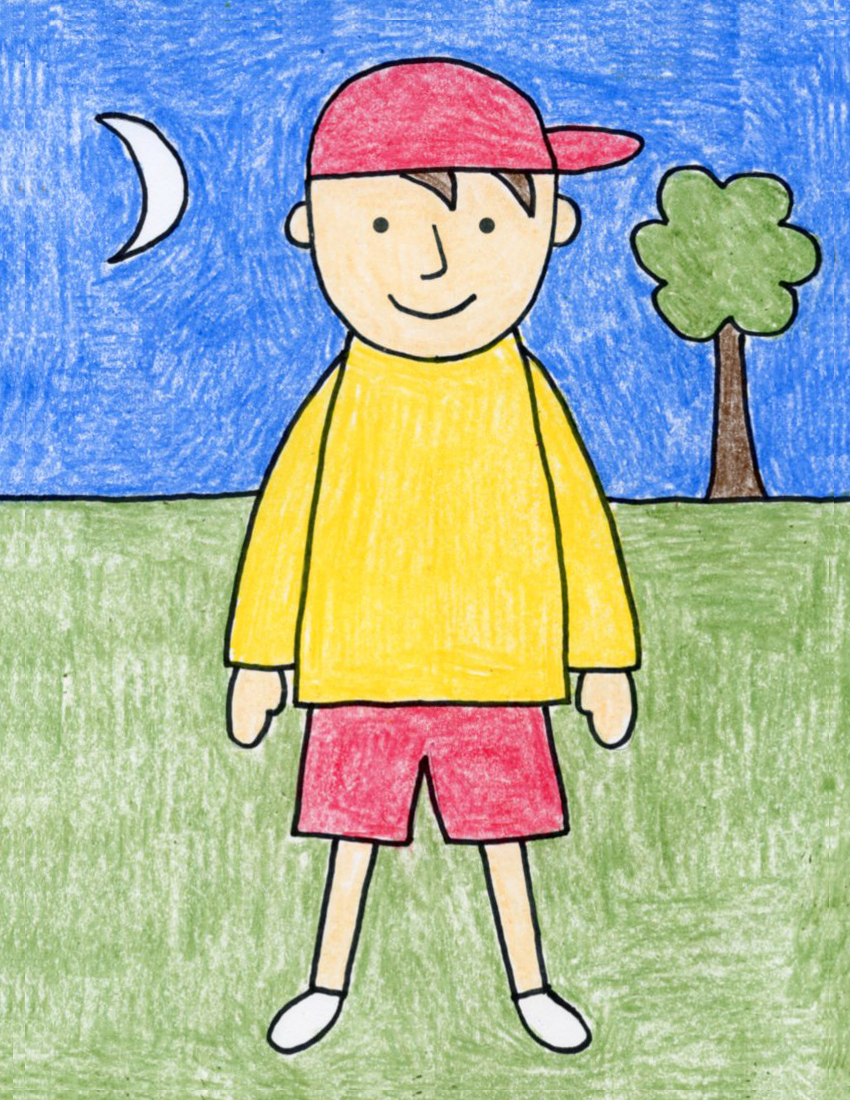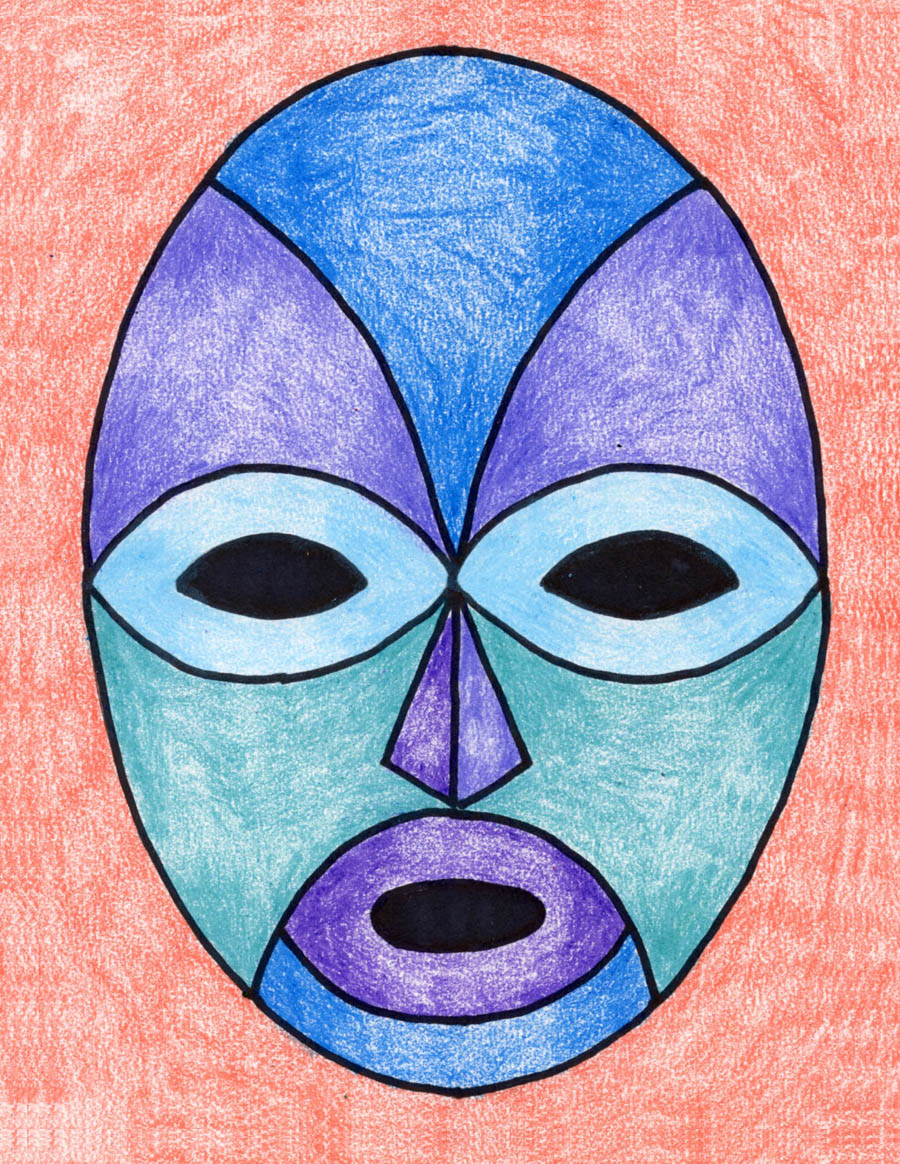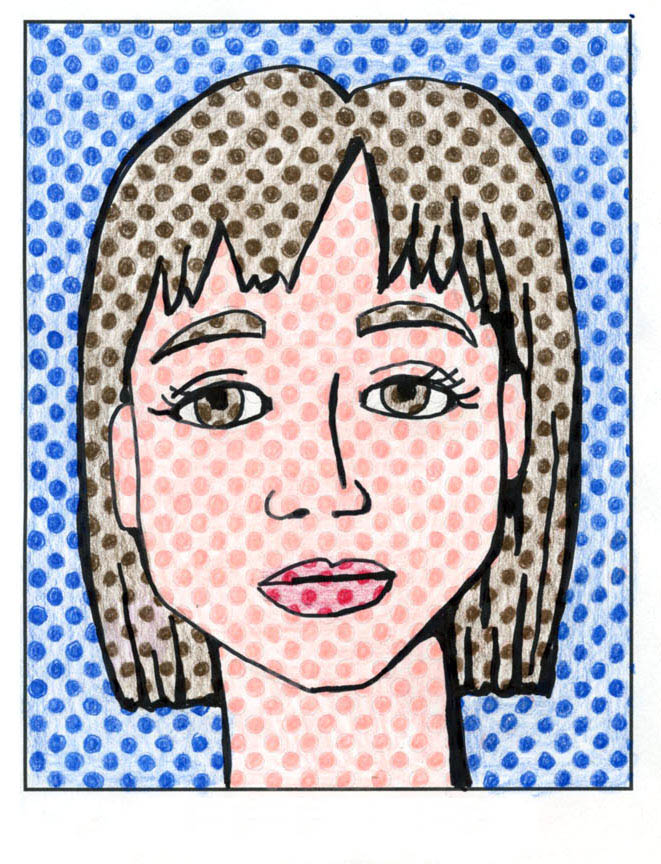
People
Welcome to the world of drawing people! This category can include so many fun areas (realistic, cartoon, pop culture, etc.) each with their own set of rewards … and challenges. Learning how to draw people takes time, there’s no way around it. But when students DO try something new, and the outcome is better than what they expected, that feeling of satisfaction just can’t be beat!
Below you’ll find a collection of people drawing projects that have all kinds of possibilities. They not only provide for fun art lessons, but easily make other connections as well. The Minecraft project uses math, for instance, to make sure students count out symmetrical shapes. The Goals projects adds writing practice, and the Half portrait adds lettering, along with one of the most direct examples of facial proportions I know of. Drawing a Nightmare self portrait is just plain fun, as it’s so easy to draw yourself with giant white eyes, which really look like the “Nightmare before Christmas” people. Lastly, the Pasta Skeletons are added to offer a craft option to show how easy it is to “make people” too. No matter what you are looking for, this collection of people drawing tutorials has something for everyone!
Why add people drawing projects to your classroom?
The goal of people drawing projects is not to prepare students for becoming sidewalk portrait artists at Disneyland or something (although that would be cool if they did!). It’s simply to help them feel competent they next time they are asked to draw themselves, or a family member, or say maybe someone they are writing a report on. The world of drawing is a big one, that’s for sure, but drawing people, whether it’s just a face or the whole body, is bound to come up quite often while they are still in elementary school, let alone the years after that. When students take on people drawing projects with more curiosity than dread, they are bound to get better results.
The Pros and Cons of Drawing People
One of the drawbacks of drawing people, is that it comes with the added desire to have the drawing really look like whoever it is supposed to be. That can be frustrating when it doesn’t happen, especially after some effort has been given. Kinders, thankfully, don’t spend their time worrying about this, but you can bet 4th and 5th graders do. The good news is that it’s all a part of the process of learning, which is gradually figuring out how to see and draw with more detail.
